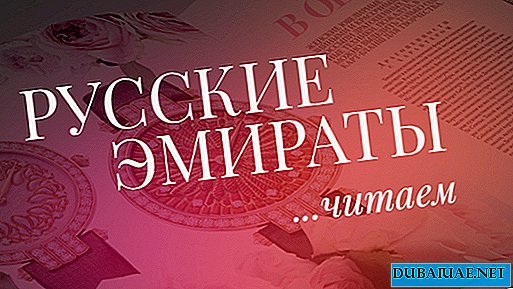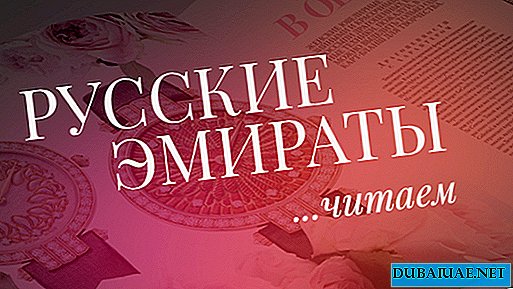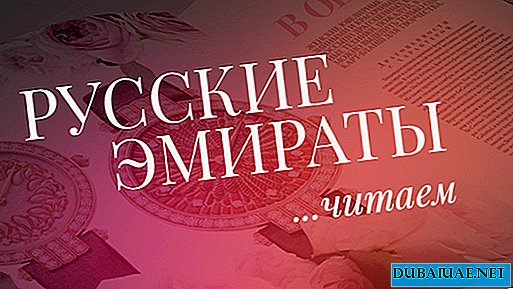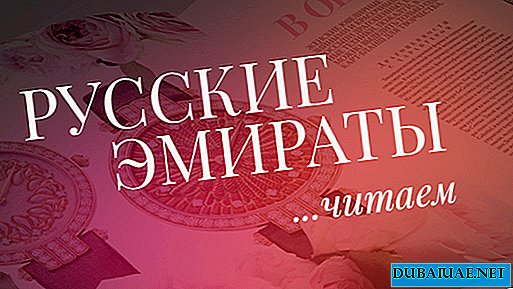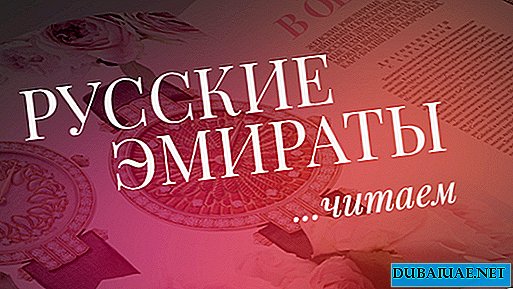 The first Russian client of Cartier House, Prince Saltykov, purchased a bracelet with emeralds fixed in gold with black enamel in 1886. Having attracted Cartier himself, he was the first to begin to build a reputation for this jewelry house in front of members of the imperial family.
The first Russian client of Cartier House, Prince Saltykov, purchased a bracelet with emeralds fixed in gold with black enamel in 1886. Having attracted Cartier himself, he was the first to begin to build a reputation for this jewelry house in front of members of the imperial family.
Later, Grand Duke Alexei and Princess Maria Pavlovna, nee Princess von Mecklenburg-Schwerin and the wife of Grand Duke Vladimir, son of Emperor Alexander II, visited Cartier in Paris. Grand Duchess Maria Pavlovna Romanova has become a regular customer of the store on the Rue de la Pa since 1900. It all started with Louis-Francois Cartier, who in 1847 became the head of the jewelry studio of the master Picard in Paris. In 1856, Princess Matilda, the niece of Napoleon I and the cousin of Emperor Napoleon III, made an acquisition in his store. From this moment began the ascent of the name of Cartier to the heights of world fame and recognition.
In the following years, Louis-Francois and his son Alfred open a store in London, become court jewelers of the English, Spanish and French royal courts. Cartier makes trips to Russia in 1904 and 1905. From that moment on, the entire Russian aristocracy spoke about him and began to persuade Cartier to stay in Russia. The group of admirers of his talent was headed by Princess Maria Pavlovna Romanova.
In 1907, it was the turn of the Dowager Empress Maria Fyodorovna (widow of Emperor Alexander III) to visit the store on the Rue de la Pa where Louis Cartier himself, knowing of her love for jewelry, presented his best collections. Maria Fedorovna also expressed a desire that Cartier open her own boutique in St. Petersburg. Soon her wish came true when, at Christmas time in 1907, a temporary exhibition of Cartier jewelry was organized at the Grand Hotel Europe, which had just opened on the banks of the Neva. From this moment, Cartier becomes the court jeweler of Nicholas II.
Thanks to Maria Fyodorovna Romanova, the then Russian aristocracy flocked to the exposition in droves to admire Cartier diamonds, its jewelry for corsage dresses and accessories, such as veil pins, decorated with original diamond ornaments. One of these pins belonged to Princess Yusupova.
Louis Cartier and Carl Faberge
 In 1900, all the attention of the world community was riveted on Russia, when Karl Fabereghe impressed visitors to the World Exhibition in Paris with his collection of 15 imperial Easter eggs, made as a gift to members of the royal family - from Emperors Alexander III and Nicholas II to Tsarina Alexandra Fedorovna and the Dowager Empress Maria Fedorovna. Among the admirers of the great Faberge was Louis Cartier.
In 1900, all the attention of the world community was riveted on Russia, when Karl Fabereghe impressed visitors to the World Exhibition in Paris with his collection of 15 imperial Easter eggs, made as a gift to members of the royal family - from Emperors Alexander III and Nicholas II to Tsarina Alexandra Fedorovna and the Dowager Empress Maria Fedorovna. Among the admirers of the great Faberge was Louis Cartier.
Faberege’s skillful craftsmanship in creating products with enamel and ornamental stones was so impressive that his works could be found in all the royal palaces, houses of the Russian aristocracy and nobility. The style of Louis XVI in his famous desk clock with enamel, decorative products, a framework for photographs and accessories served as an inspiration for French artists who began to produce many detailed decor items that became extremely fashionable in the 18th century.
In imitation of Faberge, Louis Cartier created his own collection of accessories, small watches and watches, carefully polished and decorated with enamel. Cartier House, of course, did not release as many products as Carl Faberge, but presented to the sophisticated public new color combinations, such as, for example, purple and green. Enamel, as a decorative material, has become very popular thanks to the Faberge House, famous for its Easter eggs. Louis Cartier decided to present his own vision of this symbol of Russian Easter. His products were particularly elegant, such as a desk clock with a ring-shaped dial in green enamel, decorated with engraved gold garlands, or a clock made in 1906 and acquired by the city government of Paris in 1910, which were later presented to the Russian Emperor Nicholas II during his official visit to the French capital. This watch was resold, and today is part of the New York Metropolitan Museum of Art.
Flora and Fauna Cartier
Through culture, innovation and tradition, Cartier discovered the great heritage of Russia and its richest deposits of ornamental stones. It was they who inspired the jeweler to create the legendary "animal" collection. Jade, marble, rhodonite and obsidian are the materials from which the Cartier House made figurines of ostrich, chicken, ibis. The famous owl was made of white agate. These wonderful animal figures in 1907 paved the way for a fragile and sophisticated floral universe inspired by Japanese design. An example is a flower arrangement with enamel petals in a moonstone and agate vase decorated with turquoise pens.
The "flower garden" of this goldsmith's work is replete with a huge variety of flowers - magnolias, irises, hyacinths, tulips and lilies, which are noticeably different from the products of Faberge House in their impressive size and less naturalistic look. While other jewelers applied enamel to the products layer by layer, Louis Cartier paved the way for his future abstract style.
Classics of the genre
Louis Cartier, continuing to produce his classic jewelry, which later became known as the "garland style", which became revolutionary in the then jewelry world, at the same time followed the creation of many jewelry inspired by Russian folklore.
For example, the diadem, created in 1908, became a unique embodiment of the "garland style" in the form of a traditional Russian kokoshnik, reminiscent of the crowns of the ancient Byzantine emperors in the form of a crescent. Initially, kokoshniks in Russia were made of fabric decorated with bright satin ribbons, and were one of the most traditional headdresses in the 16-18 centuries. Cartier House made its tiaras under the influence of various cultures, including drawing inspiration from tsarist Russia, its pomp and splendor, as well as from the art of the 20th century, which, among other things, became famous for the Russian ballet school.
Cartier time in Russia
The recognizable Cartier style is adapted to any manifestation of elegance. When the first jewelry watches appeared, Cartier's elegant creations immediately began to adorn the wrists of the Russian nobility.
Count Orlov wore a Cartier precious square watch with rounded corners, the case and bracelet of which were decorated with exquisite decorative diamond ornaments. Another passionate admirer of Cartier jewelry, Prince Yusupov, the son of Princess Zinaida Yusupova, wore a pendant watch on a chain that previously belonged to Nelli Melba, a famous Australian opera diva. A recognizable example of traditional wood carving inspired by 18th-century painting, this delicate watch miniature is decorated with a large diamond in the very center, which opens with the touch of a finger and presents the watch face turned upside down to make it easier for its holder to determine the time.
Cartier materials, colors and technology
1909 was marked by the most significant events for the world of art: the Russian ballet of Sergei Diaghilev, thanks to which such talents as Vaclav Nizhinsky and Tamara Karsavina became famous in an instant, brought fame to the famous Parisian Chatelet Theater.
Louis Cartier and the chief artist of his House, Charles Jacques, were fascinated by the riot of colors presented in the stage costumes of the Diaghilev ballet troupe: orange next to yellow, green with blue, dark blue with sky blue and red echoing with pink and purple. These conspicuous bold ideas have confirmed the possibility of combining emeralds with sapphires and amethysts with rubies and jade. However, when the Russian ballet showed the Parisian public these incredible color combinations for that time, Louis Cartier already had a collection in 1903, in which he experimented with jewelry, where emeralds were freely combined with amethysts, and amethysts with rubies. Then the creation of such an unusual collection was inspired by the art of Japan and China.
One of Louis Cartier's favorite color combinations was the blue-green color scheme. The famous blue-green pendant Cartier was created in 1923. In it, emeralds and sapphires create a unique mottled ornament. Another pendant in the form of a brooch, made in 1913, also demonstrated this combination of colors, although instead of emeralds it contained jade, natural turquoise and sapphire cabochons. This new style of brooch completely changed the idea of these ladies' jewelry adopted at that time. The "Garland Style" made it possible to fix the upper part of the brooch on the corsage of the dress, while its free end hung down.
The influence of modernism is clearly visible in the Cartier collections created in 1913-14. Then the jewelers of the House began to combine platinum and precious stones with blackened steel. It was during these years that a unique collection of six diadem appeared, one of which is still in the collection of Cartier House. Despite the daring, even revolutionary at the time, design, shape, delicate design and pear-shaped diamonds give the diadem a resemblance to the 1908 tiaras.
Maria Pavlovna Romanova - one of the most passionate fans of Cartier
One of the most famous admirers of the work of the Cartier House jewelers was Maria Pavlovna, wife of Grand Duke Vladimir Romanov, an extremely wealthy woman who patronizes the arts. Maria Pavlovna could instantly create or destroy a reputation, as happened with Sergei Diaghilev, whom the Grand Duchess first favored, and then brought into disfavor. However, she always remained a fan of Cartier's work. An example is the large collection of jewelry she acquired, including some products, such as a magnificent plume for a hat with emeralds and diamonds, a necklace of six pearls with two double-headed eagles decorated with diamonds, and a pendant with teardrop-shaped diamonds.
The last representative of the Romanov family, who managed to escape from Russia, Maria Pavlovna left in 1919 by private train to the Black Sea, and from there by boat to Greece. However, she could not take out her jewelry. One of the English diplomats was invited to secretly remove from St. Petersburg at least part of the unique jewelry that was inherited by four of her children. The remaining jewelry, alas, was nationalized and subsequently sold. This fate befell one of the unique necklaces in which Cartier personally inserted the hexagonal emeralds inherited from Catherine the Great. In 1947, these magnificent stones adorned the diadem of another legendary woman - Barbara Hatton, the heiress of the Woolworth dynasty.
From Russia with love
Over time, the fame of Cartier House extended far beyond Russia and Europe. Even in the difficult years of World War II, Cartier jewelers continued to create their magnificent jewelry. So in 1942, Cartier created the brooch "Bird in a Cage", symbolizing France occupied by the Nazis. The second brooch, “Liberated Bird,” appears to commemorate the liberation of the country.
By the mid-20th century, the Cartier brand was introduced in many European capitals, as well as New York. In 1969, Cartier House acquired a pear-shaped diamond of 69.42 carats and then sold it to British actor Richard Burton, who in turn presented it to his new wife, American actress Elizabeth Taylor (they met and fell in love on the set of Cleopatra "). The huge price of a diamond then caused incredible noise in the Western press, and the married “star” couple became a symbol of Hollywood success. In the early 1970s, Cartier House developed the concept of its Les Must de Cartier brand boutiques, which opened in Hong Kong, Tokyo, and London. In the early 1980s, the first perfumes of the brand appeared, the first and second collections of high jewelry art were created.
In 1992, Cartier House again turned its attention to Russia and held the exhibition "Cartier Art" in the St. Petersburg Hermitage, and in 1994 created the unique collection "Les Charms d'or de Cartier" ("Cartier Gold Charm") on the themes of Art Deco, Great Russia and pearls. It seems that the eternal friendship and mutual affection of the Cartier House and Russia, only grows stronger over the years. The former glory of the Russian aristocracy today is being revived, thanks to more than 160-year-old traditions of jewelers from the French Cartier House.


